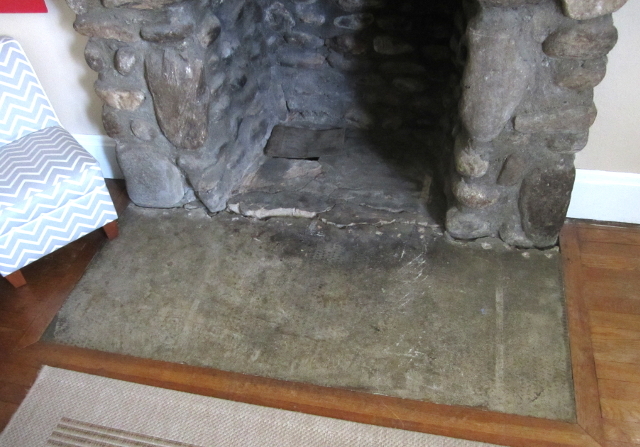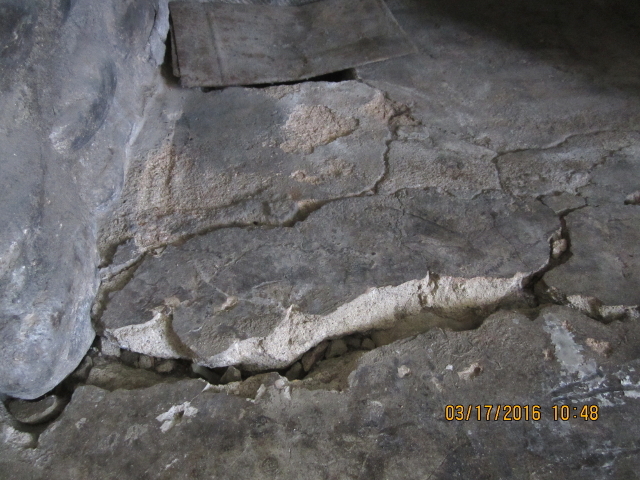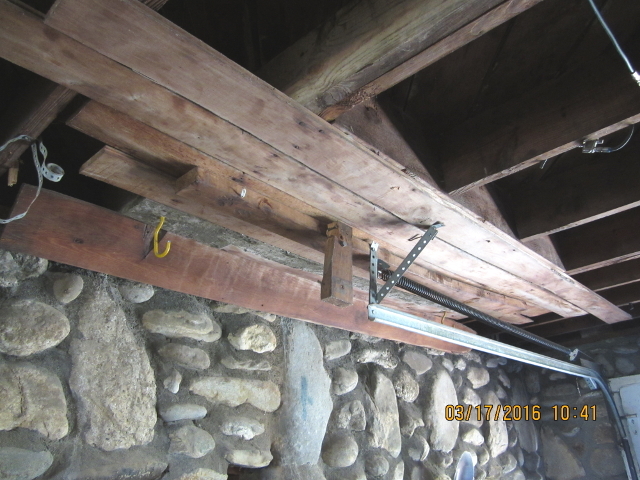SLTA
Structural
- Aug 11, 2008
- 1,641
See attached image. It shows a fireplace of river rock in a 1945 house with a concrete hearth of serious (6"?) thickness that has separated away from the cracked-up fireplace floor. I will be resupporting the hearth framing from underneath but am unsure what to do with the fireplace floor and the very large crack between the two. The chimney has been inspected and is in working order. The owners would like to have wood fires in it again. As best I could tell, the fireplace floor is approximately 2" thick with river rock stone below it. (That's a cleanout into the river rock wall below in the rear left corner of the fireplace floor.)
Any thoughts?

Please remember: we're not all guys!
Any thoughts?

Please remember: we're not all guys!


